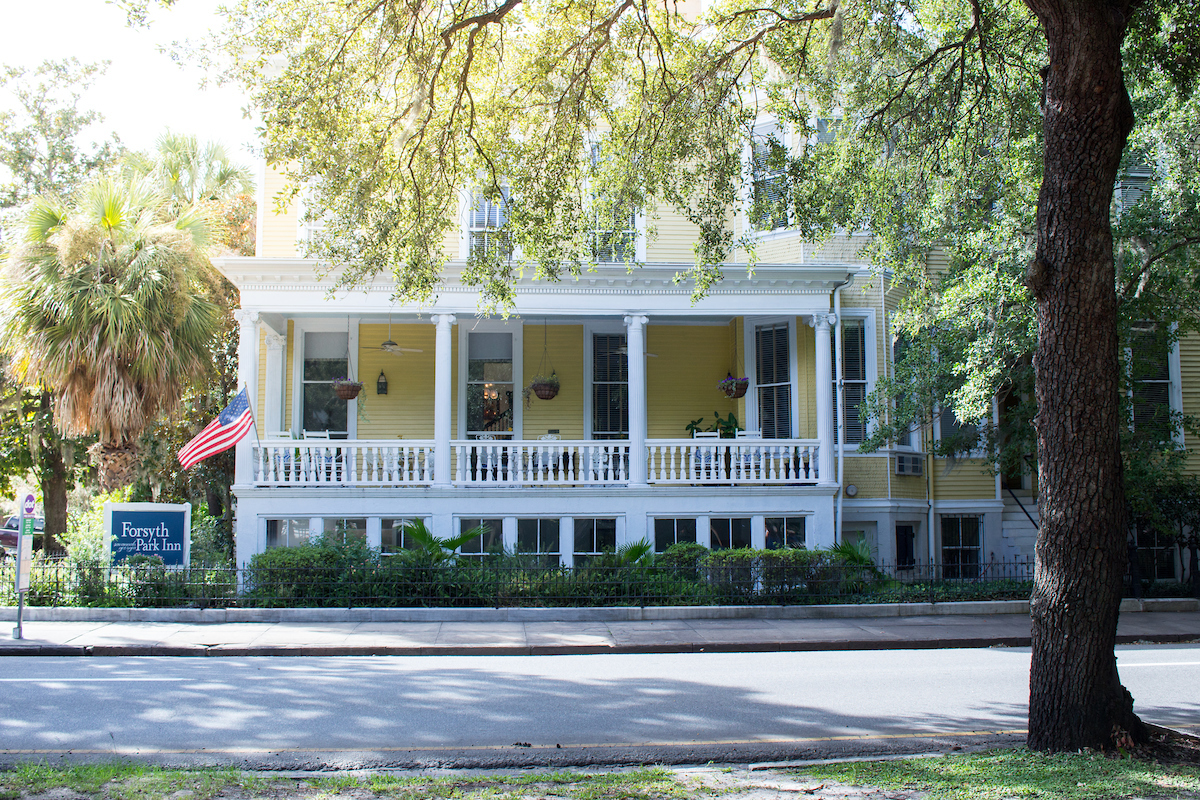Feasting on History in New York City's Lower East Side
/Like the way to a man’s heart is through their stomach, a city can win my heart with great cuisine. Itching to play tourist in my own backyard, I joined David, the owner of the small-group tour operator Urban Oyster, on his Tenements, Tales & Tastes Tour to learn more about the history of immigration in New York City. On our walk through the Lower East Side, David’s narrative paired well with bites of food we sampled and the layers of this neighborhood's cultural backstory came to life.
As our group wandered around City Hall and noshed on one of my favorite Dutch desserts, stroopwafels, we were brought back to the establishment of the original colonies. In Virginia, Jamestown was formed as an extension of King James’ English territory. In Massachusetts, Plymouth was formed by Pilgrims fleeing religious persecution. But when Dutch ships arrived to the forested land at the tip of Manhattan, they did things differently. New Amsterdam wasn’t established by wealthy aristocrats nor by religious rebels; it flourished as a trading post where fortune was valued more than anything else.
We walked north and east, past Columbus Park. I paused to watch a group of older Chinese men huddled around a Mahjong board. We stopped to eat on the sidewalk outside of a hole-in-the-wall restaurant in Chinatown, where the sole proprietor makes all her dumplings by hand each day. On Mulberry Street, we passed fish markets and bodegas so full of stuff, they were impenetrable. I would have believed you if you had told me we were standing in the streets of Beijing.
New York City holds half a million Chinese residents and is one of the largest Chinatowns in the Western Hemisphere. Manhattan is not the only place you can experience Chinese culture in NYC - you'll also want to visit the Chinatowns of Brooklyn and Queens.
A red, green and white lit banner that said "Little Italy" hung over the street welcomeing us to our next stop. This is, ironically, is one of the last neighborhoods a local will tell you to go for an authentic Italian meal. Today, you're better off seeking the restaurants and cafes in a neighborhoods like Cobble Hill and Carroll Gardens in Brooklyn, where some establishments have continued to be passed down through generations of Italian families. A few gems remain from the growth of New York's Italian population in the 20th century in the Lower East Side, including Alleva Dairy, a family run deli and cheese shop. There, we sampled salty prosciutto and creamy mozzarella.
Make sure to try Alleva Dairy’s homemade mozzarella, including Caciocavallo, a unique kind of dried mozzarella.
Though German culture has had a significant impact on American culture overall - think hamburgers, kindergarten, apple pie and Christmas trees - we were hard-pressed to find any remnants of "Kleindeutchland" on our walk. More Germans settled in New York City than any other ethnic group, however, scores of German restaurants and stores closed down during WWII. At the same time, New York City also saw an influx in Eastern European Jews - almost 2 million of them. Now, New York City is home to the largest Jewish community outside of Tel Aviv.
When you visit Yonah Schimmel on E Houston Street, one of the only original Jewish bakeries left in Manhattan, be sure to try their warm potato knish - a hearty and filling potato pie.
Over time, the Lower East Side transformed from one of the poorest neighborhoods in the city's history, to one of the wealthiest. While earlier generations worked hard in order to save up enough to leave the overcrowded tenements, many of the grandchildren and great-grandchildren have returned to live, shop and dine on the very same streets. Neighborhoods have hip, abbreviated names: North of Little Italy is now "NoLita" and the area south of Houston street is "SoHo". No matter where you come from or what year you live or lived in New York City, one theme has withstood the test of time: in order to be successful here, you have to know how to hustle.


















































